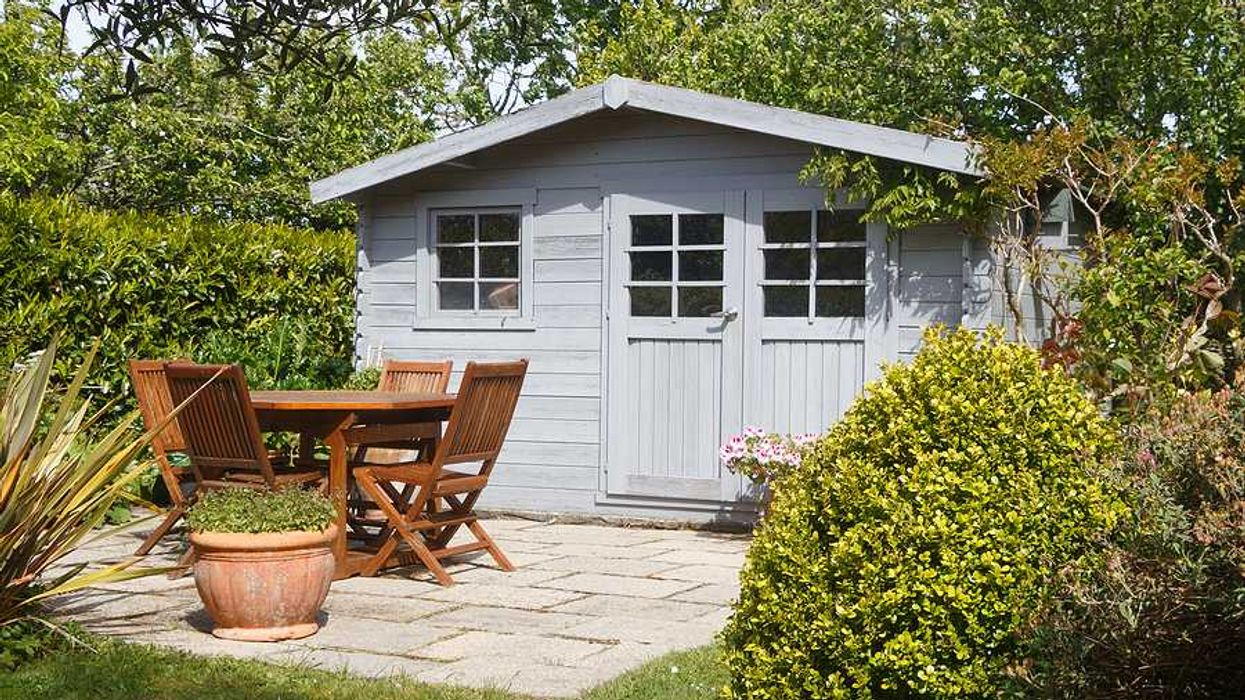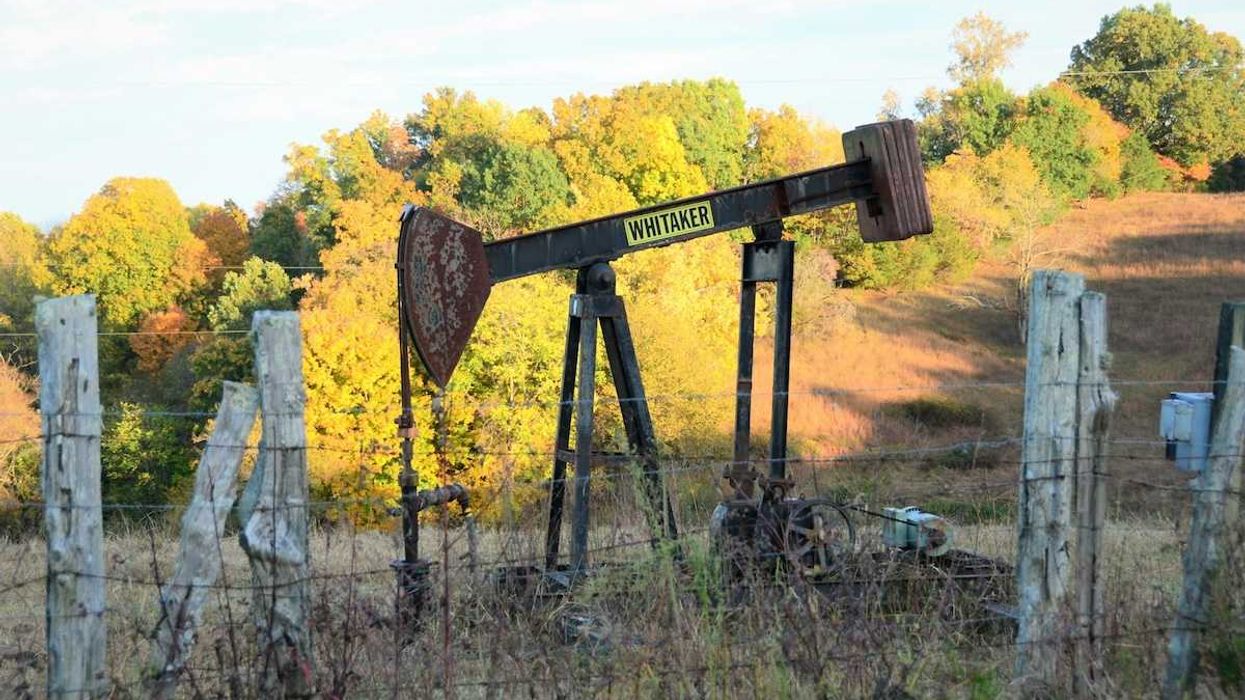Schools are transforming asphalt playgrounds into greener spaces to combat extreme heat, which has become more dangerous as temperatures rise.
Anna Phillips reports for The Washington Post.
In short:
- Asphalt schoolyards magnify heat risks, with some surfaces reaching 145°F, putting children at risk of burns and heat illness.
- Efforts to green these spaces are expanding, with cities like Los Angeles and Philadelphia leading projects to add trees and reduce pavement.
- Costs and funding disparities make it harder for low-income school districts to implement these changes, despite the urgency.
Key quote:
“When you plant trees, you also get benefits for children’s well-being, for their learning, for play, for community access.”
— Sharon Danks, CEO of Green Schoolyards America
Why this matters:
Extreme heat in urban schools poses a growing danger to children, especially in low-income areas. Greening schoolyards offers a solution that improves health, safety and learning conditions.
Related EHN coverage:














